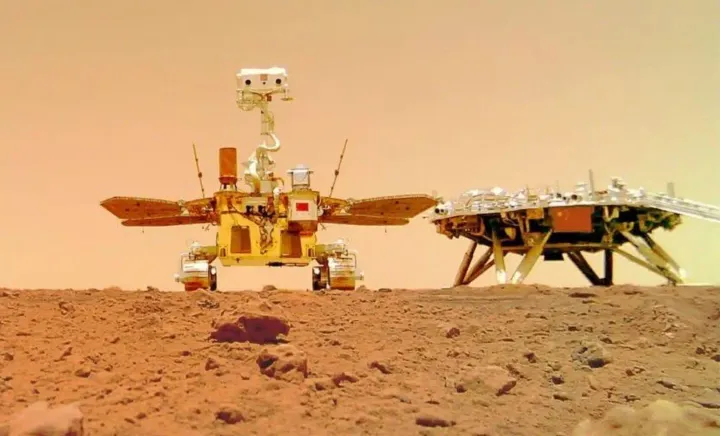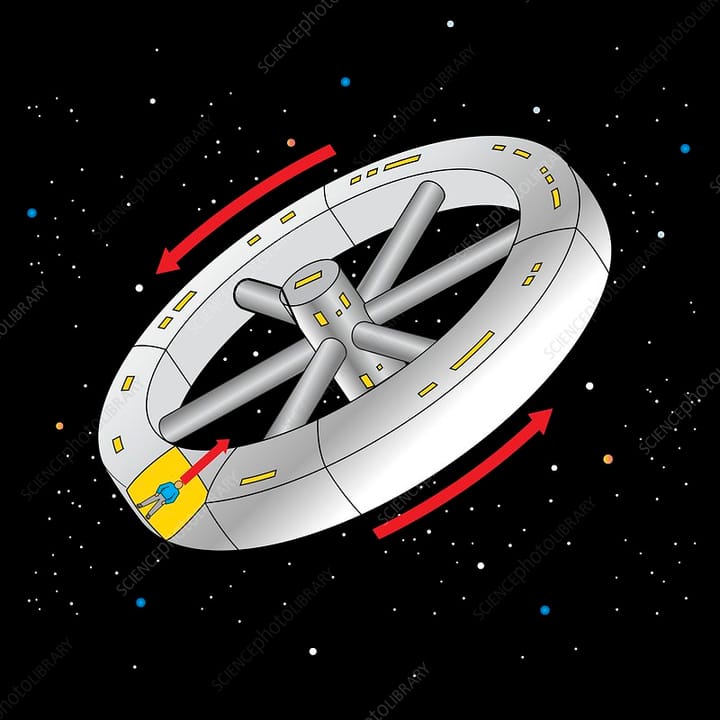Mars Odyssey - Musk's Ambitious Four-Year Timeline

A New Frontier in Space Exploration
Elon Musk's Visionary Plan to Conquer Mars
Elon Musk's ambitious plan to send humans to Mars in just four years has sparked excitement and curiosity in the space community. This bold endeavor marks a significant milestone in space exploration, pushing the boundaries of what is thought possible.
Trailblazing Space Technology
With his innovative ventures like SpaceX, Musk has been at the forefront of space technology and exploration. His pioneering spirit and relentless pursuit of innovation have led to groundbreaking advancements in rocket design, propulsion systems, and reusability.
A Four-Year Timeline: Challenges and Opportunities
Musk's four-year timeline presents both challenges and opportunities. The accelerated schedule will require significant resources, technological breakthroughs, and strategic partnerships. However, the potential rewards are substantial, including establishing a permanent human presence on Mars and unlocking new avenues for scientific research and discovery.
Unlocking the Secrets of the Red Planet
A human mission to Mars will enable scientists to conduct extensive research, gather valuable data, and gain a deeper understanding of the Martian environment. This will pave the way for future exploration and potential habitation, expanding humanity's presence in the solar system.
Join the Mars Odyssey
As Musk embarks on this extraordinary journey, the world watches with bated breath. The Mars Odyssey represents a new frontier in space exploration, and its success will inspire generations to come. Stay tuned for updates on this extraordinary venture and the incredible advancements that will emerge from it.
The Challenges Ahead
Sending humans to Mars is a complex task that requires significant technological advancements and infrastructure development. While Elon Musk's ambitious four-year timeline is commendable, it's crucial to acknowledge the hurdles that lie ahead.
Technological Advancements
Establishing a human settlement on Mars necessitates major breakthroughs in propulsion systems, life support systems, radiation protection, and landing technologies. Developing and testing these technologies will require substantial time and resources.
Infrastructure Development
A reliable and self-sustaining infrastructure is vital for a Martian colony. This includes setting up solar panels, habitats, air and water supply systems, and communication networks. Building and transporting these infrastructure components poses significant logistical challenges.
Rigorous Testing and Safety Protocols
Musk's timeline seems aggressive, considering the scale of the mission and the need for rigorous testing and safety protocols. Ensuring the safety of astronauts and the success of the mission demands meticulous planning, testing, and validation of all systems and technologies involved.
Musk's Vision for a Martian Future
Establishing a Sustainable Presence on Mars
Elon Musk envisions a future where humans can establish a sustainable presence on Mars, paving the way for further space exploration. This ambitious goal is driven by his desire to ensure humanity's survival and become a multi-planetary species.
Ensuring Humanity's Survival
Musk's primary motivation is to safeguard humanity from potential global catastrophes that could threaten our existence on Earth. By establishing a human settlement on Mars, we can guarantee the survival of our species even if Earth faces an extinction-level event.
This vision for a Martian future is not just about colonizing another planet but about creating a secure backup plan for humanity. Musk's ambitious four-year timeline for sending humans to Mars is a significant step towards achieving this goal.
The Roadmap to Mars
Charting a Course for the Red Planet
While the exact plan is still unclear, Musk's team is likely working on developing the necessary spacecraft, propulsion systems, and life support systems. The mission will require careful planning, precise execution, and a bit of luck to achieve the ambitious four-year timeline.
Key Components of the Mission
Several crucial elements must come together to make the Mars Odyssey a success. These include:
- Development of a reliable and efficient propulsion system, capable of transporting both crew and cargo to Mars
- Design and construction of a sturdy spacecraft, equipped to withstand the harsh conditions of space travel and the Martian environment
- Creation of advanced life support systems, sustaining the crew during the long journey and potential surface stays
- Conducting thorough research and testing to ensure the safety and well-being of the crew
Overcoming the Challenges
The journey to Mars is fraught with challenges, from treacherous terrain and extreme temperatures to isolation and radiation exposure. Musk's team must address these concerns through innovative solutions and rigorous testing.
Achieving the Four-Year Timeline
Meeting the ambitious four-year timeline will require significant progress in spacecraft development, propulsion systems, and life support technologies. The mission's success hinges on precise planning, collaboration, and a bit of luck.
The Implications of Success
If successful, Musk's mission could mark a historic milestone in human spaceflight and open up new possibilities for space travel and exploration. The achievement would signify a major breakthrough in technology and engineering, showcasing the potential for private companies to drive innovation in space exploration.
Advancements in Science and Technology
A successful mission to Mars could lead to significant scientific discoveries, expanding our understanding of the universe and the potential for life beyond Earth. The technological advancements developed during the mission could also have far-reaching applications in various fields, such as medicine, transportation, and energy.
Inspiring Future Generations
The impact on science, technology, and human civilization could be profound, inspiring future generations to reach for the stars. The achievement would demonstrate that with determination and innovation, humanity can overcome seemingly insurmountable challenges, paving the way for a new era of space exploration and discovery.
A New Era of Space Exploration
A successful Mars mission could mark the beginning of a new era in space travel, enabling humans to establish a sustainable presence on the Red Planet and potentially leading to further exploration of the solar system. The possibilities for resource utilization, terraforming, and becoming a multi-planetary species could become increasingly feasible.

















Comments ()